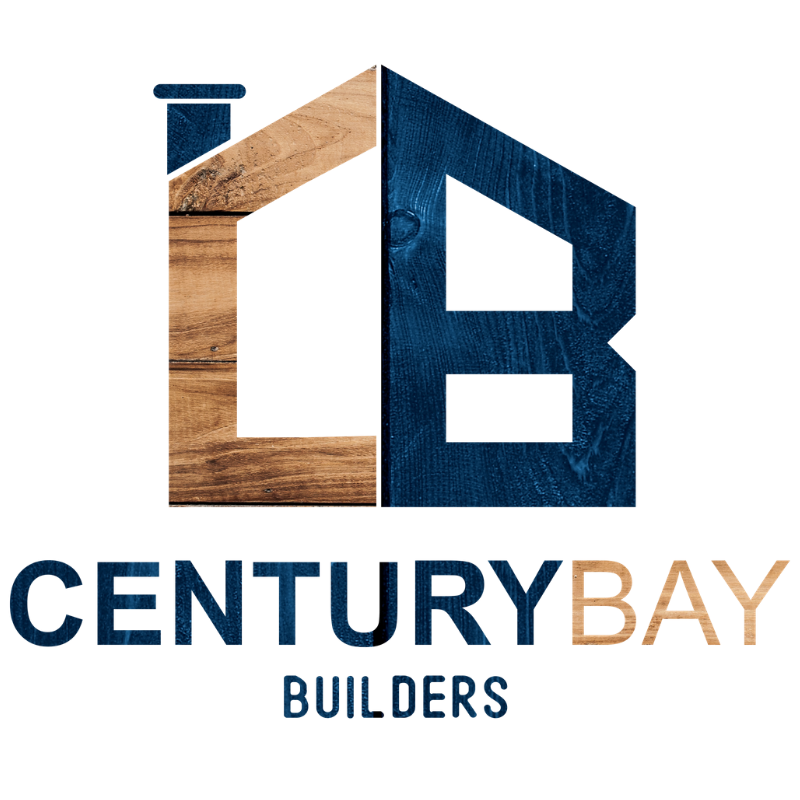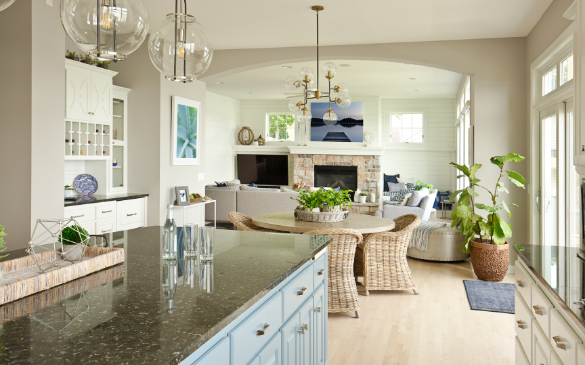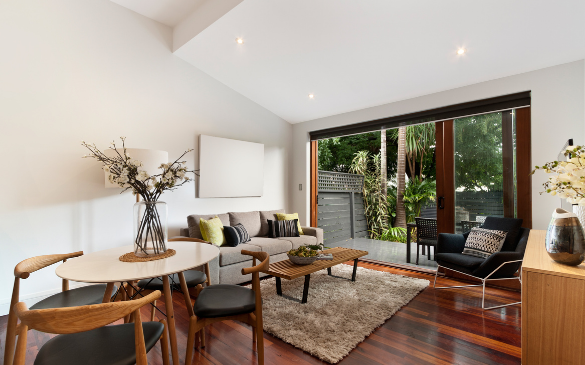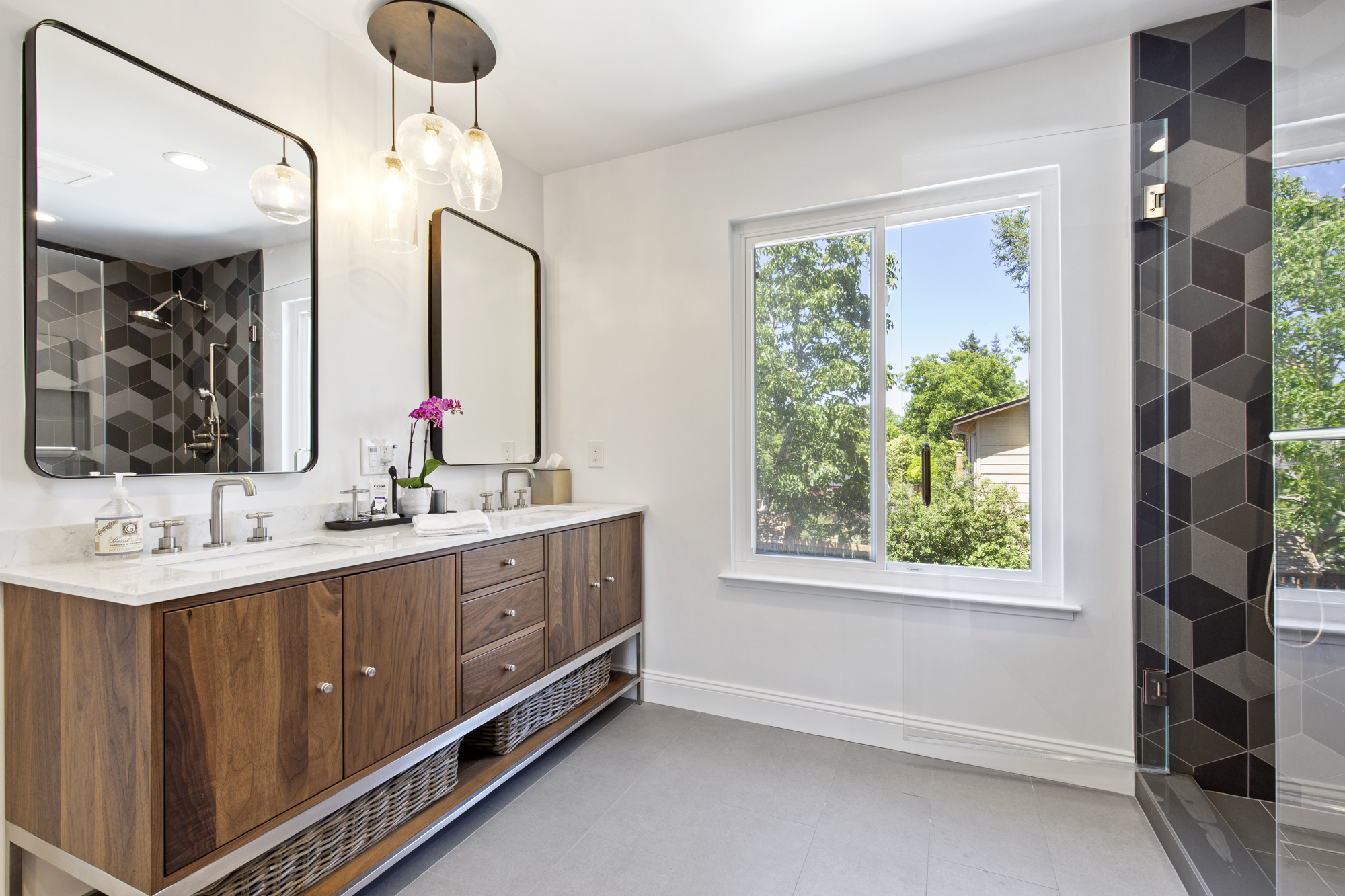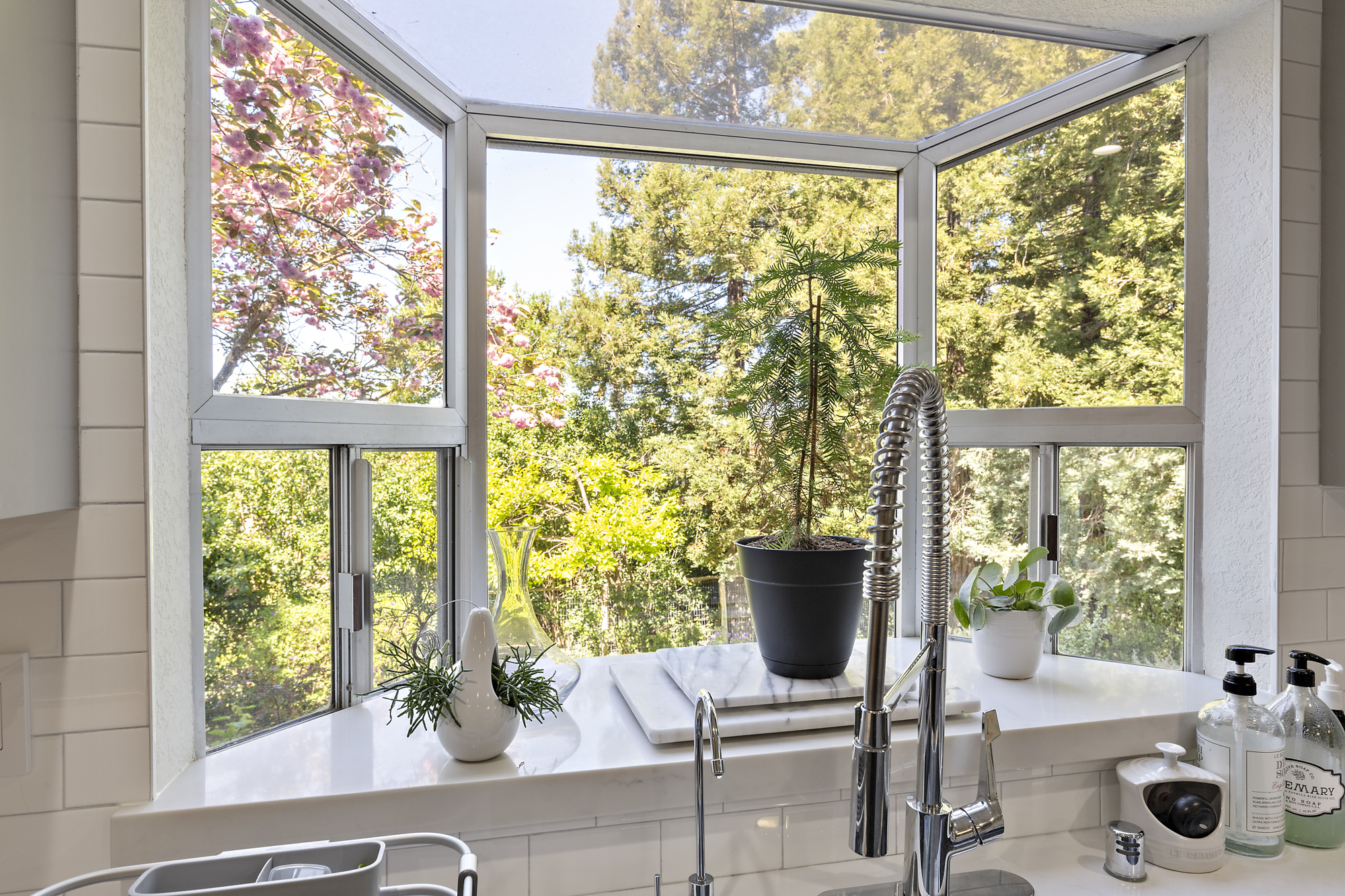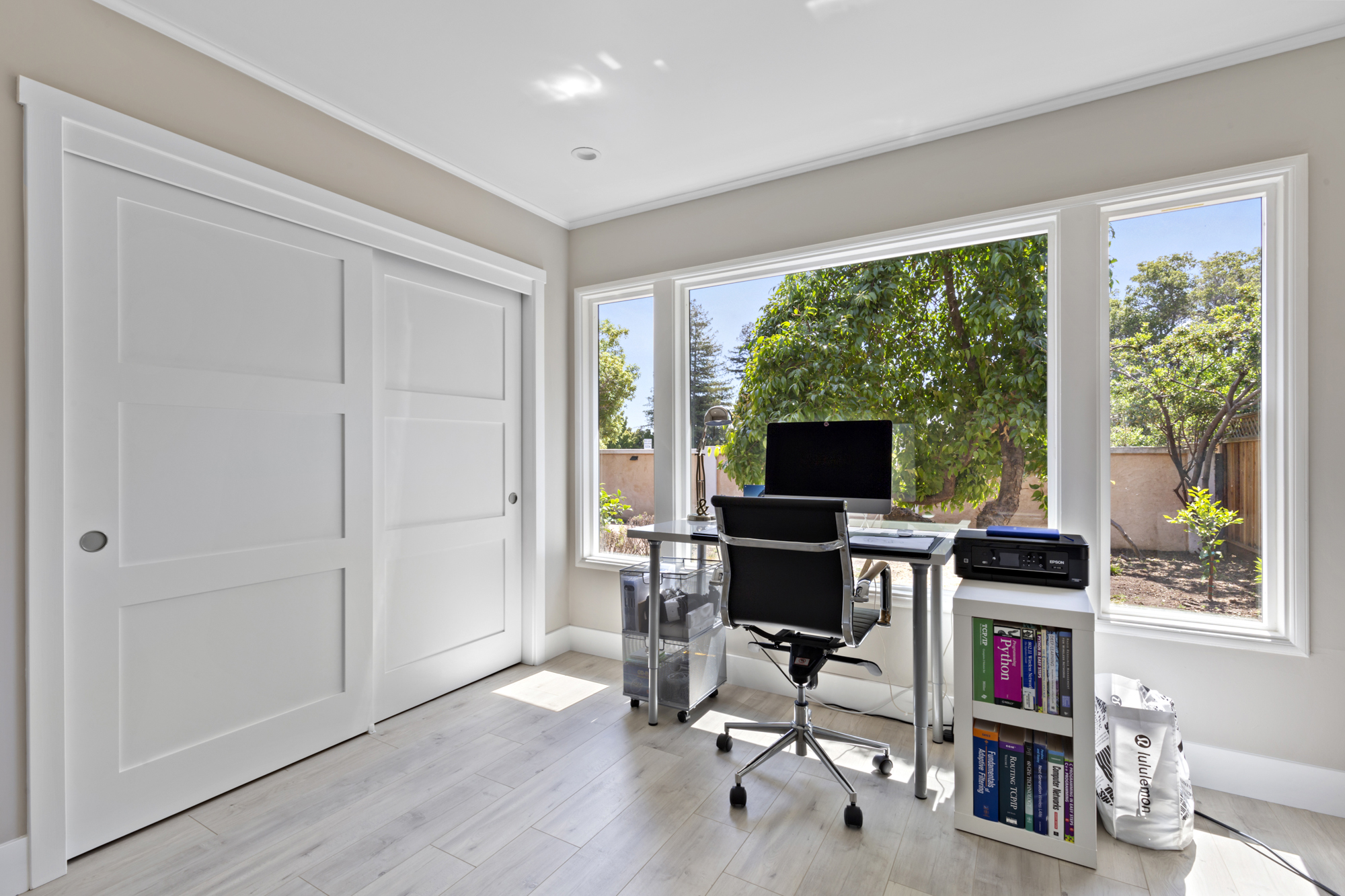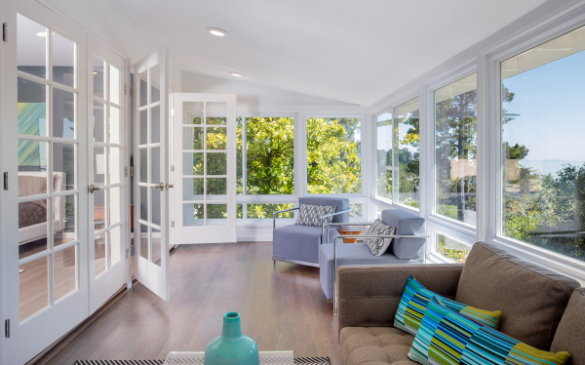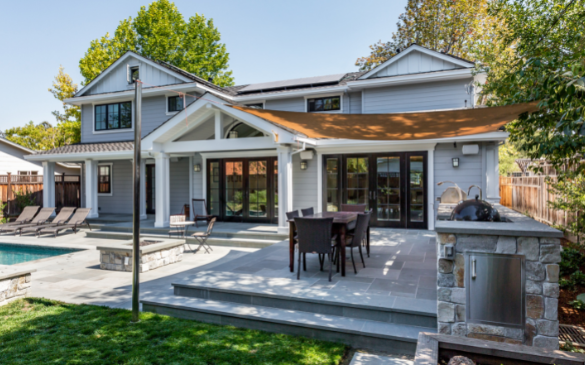
New Home Builders in the Bay Area: A Growing Demand for Excellence
December 23, 2024
Building Excellence with Century Bay Builders
January 7, 2025Sustainable Home Renovation: Eco-Friendly Materials to Use
Why Eco-Friendly Renovations Matter
Opting for eco-friendly materials is essential for several reasons. From an environmental perspective, these materials help reduce waste and lower carbon emissions. Unlike conventional building materials, they are often produced using sustainable methods that conserve natural resources. For example, bamboo flooring regenerates rapidly, making it a renewable alternative to hardwood, while reclaimed wood gives old materials a second life, reducing the demand for freshly harvested timber.
But sustainability isn’t just about the environment—it’s also about creating healthier living spaces. Eco-friendly materials are typically free from harmful chemicals like volatile organic compounds (VOCs), which can negatively affect indoor air quality. For families, this means a home environment that promotes health and well-being.
Then there’s the financial side. While some sustainable materials may have higher upfront costs, their durability and efficiency lead to significant long-term savings. Durable options, such as quartz countertops or cork flooring, require fewer replacements over time. Additionally, energy-efficient windows and insulation can lower utility bills, offering a return on investment that benefits both your wallet and the planet.
Choosing the Right Materials for a Sustainable Home
This is the heading
When it comes to sustainable home renovation, the options are extensive. Flooring, for instance, plays a crucial role in both the aesthetics and functionality of your space. Bamboo is a standout choice, prized for its renewable qualities and resilience, making it perfect for high-traffic areas. Similarly, reclaimed wood offers a rustic charm that is hard to replicate, while cork flooring adds a soft, comfortable feel underfoot and resists mold, making it ideal for humid environments.
Eco-Friendly Insulation
For insulation, innovative materials like recycled denim or cellulose made from recycled paper are gaining popularity. These options not only provide excellent thermal performance but are also free from toxic substances commonly found in traditional insulation materials. Wool insulation, another sustainable choice, offers natural fire resistance and helps regulate indoor temperatures, ensuring year-round comfort.
Environmentally Responsible Countertops
Countertops are another area where sustainability meets design. Recycled glass countertops create stunning, unique patterns while repurposing materials that might otherwise go to waste. Quartz surfaces, known for their durability, are produced using sustainable practices and offer a modern aesthetic. Even concrete countertops, when made with fly ash—a byproduct of coal combustion—become a sustainable choice with a sleek, industrial look.
Energy-Efficient Windows and Doors
Windows and doors also contribute significantly to a home’s energy efficiency. Double- or triple-paned glass reduces energy loss, while low-emissivity (Low-E) coatings reflect heat, keeping interiors comfortable without over-reliance on heating or cooling systems. Frames made from recycled aluminum or sustainably sourced wood complete the package, combining function and eco-responsibility.
Sustainable Renovations in the Bay Area
The Bay Area’s commitment to environmental stewardship makes it an ideal setting for eco-friendly renovations. Homes designed with sustainability in mind not only meet California’s stringent energy and environmental building codes but also appeal to buyers who prioritize green living. Features like energy-efficient windows, solar panels, and sustainable building materials can significantly increase a property’s value, making eco-conscious renovations a wise investment.
Moreover, sustainable homes offer improved indoor air quality, thanks to materials free of VOCs and other toxins. For families, this means fewer allergens, better respiratory health, and a more comfortable living environment.
Integrating Renewable Energy
Sustainability doesn’t stop with materials—it extends to energy usage as well. Solar panels, for example, take advantage of the Bay Area’s abundant sunshine, reducing reliance on fossil fuels and lowering electricity costs. Geothermal heating and cooling systems offer another innovative solution, using the Earth’s stable temperatures to maintain indoor comfort. Additionally, energy-efficient lighting, such as LED bulbs or smart lighting systems, further enhances a home’s sustainability while providing modern conveniences.
The Path to an Eco-Friendly Home
Transitioning to a sustainable home starts with informed choices. Look for materials with certifications like LEED, FSC, or ENERGY STAR, which indicate adherence to strict environmental and performance standards. Whenever possible, source materials locally to reduce transportation emissions and support community businesses. Working with contractors who specialize in green building practices can also ensure your project stays on track and meets its sustainability goals.
Eco-friendly renovations aren’t just about aesthetics or compliance—they’re about creating a home that reflects your values. Whether it’s installing reclaimed wood flooring, insulating with recycled materials, or investing in solar panels, every decision contributes to a more sustainable future.
Sustainable home renovations are an investment in both the environment and your quality of life. By incorporating eco-friendly materials, you can create a space that’s stylish, functional, and aligned with the Bay Area’s environmental ethos. From improving energy efficiency to increasing property value, the benefits of going green are undeniable.
At Century Bay Builders, we specialize in transforming homes into sustainable, energy-efficient spaces. Contact us today to learn how we can bring your vision to life while prioritizing environmental responsibility.
